Faro, the capital of Portugal’s Algarve region, is a city rich in history, culture, and natural beauty. Often overlooked by travelers rushing to the more famous beach resorts, Faro offers a unique blend of traditional Portuguese charm and modern attractions. From its well-preserved Old Town to the stunning Ria Formosa Natural Park, Faro is a destination worth exploring.
- Explore the Historic Old Town (Cidade Velha)
Begin your journey in Faro’s Old Town, known as Cidade Velha. Encircled by ancient city walls, this area is a labyrinth of cobbled streets, whitewashed houses, and historic landmarks. Enter through the Arco da Vila, a monumental archway that leads into the heart of the Old Town. As you wander, you’ll encounter the Sé Cathedral, a blend of Gothic, Renaissance, and Baroque architectural styles. Climbing to the top of the cathedral offers panoramic views of the city and the Ria Formosa beyond. The Old Town is also home to the Municipal Museum, housed in a 16th-century convent, showcasing a collection of archaeological finds and religious art. Strolling through this historic quarter provides a glimpse into Faro’s rich past and its evolution over the centuries.
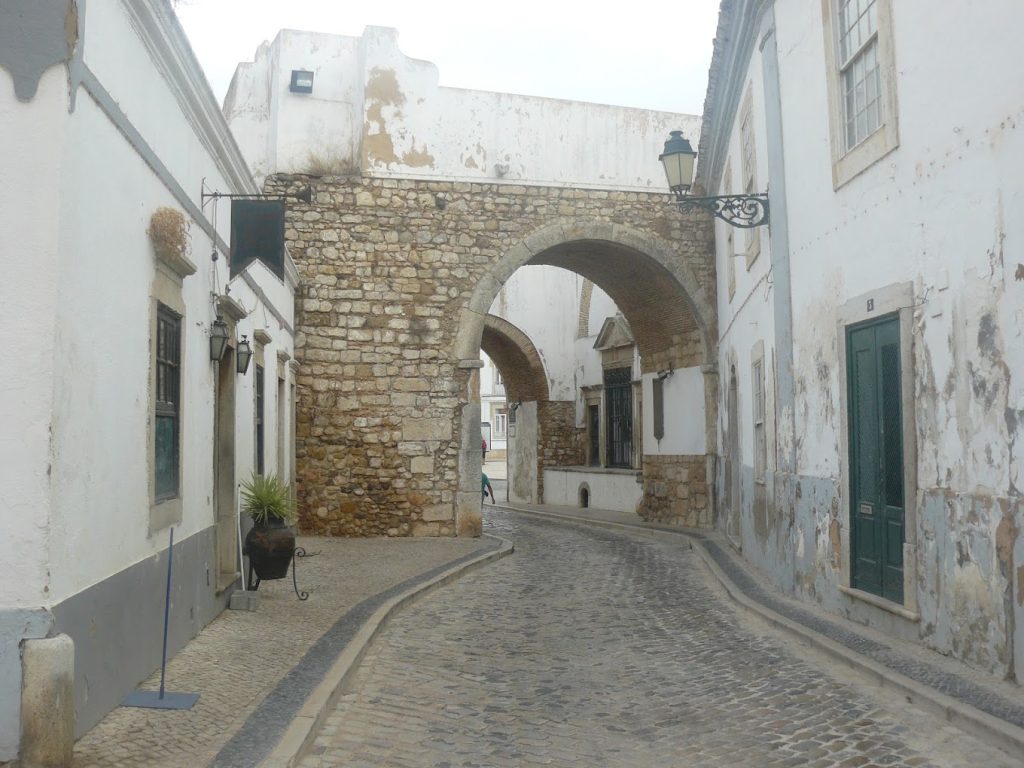
- Visit the Ria Formosa Natural Park
Adjacent to Faro lies the Ria Formosa Natural Park, a sprawling lagoon system recognized as one of Portugal’s seven natural wonders. This protected area encompasses a variety of habitats, including marshes, salt pans, and barrier islands, making it a haven for wildlife enthusiasts. The park serves as a crucial stopover for migratory birds, with species such as flamingos, terns, and herons frequently spotted. Visitors can embark on guided boat tours to explore the intricate waterways, observe the diverse flora and fauna, and even visit some of the secluded islands. For those who prefer land-based activities, there are numerous walking and cycling trails that offer scenic views of the landscape. The Ria Formosa is not only a natural paradise but also plays a vital role in the local economy through activities like salt extraction and aquaculture.
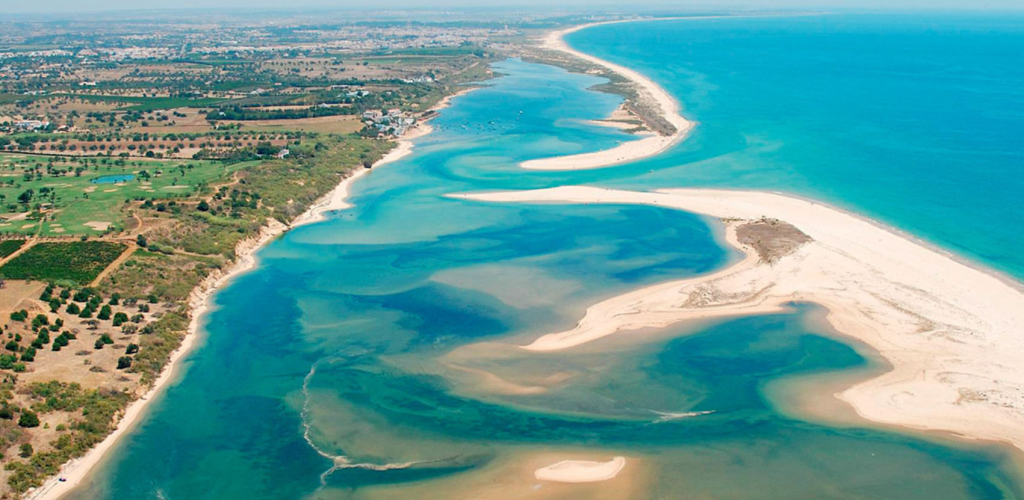
- Relax on Praia de Faro
For beach lovers, Praia de Faro offers an extensive stretch of golden sand kissed by the Atlantic Ocean. Located on the Ilha de Faro, this beach is easily accessible via a bridge connecting it to the mainland. The beach is well-equipped with facilities, including sun loungers, umbrellas, and a variety of bars and restaurants serving fresh seafood and traditional Portuguese dishes. Whether you’re looking to bask in the sun, take a refreshing swim, or engage in water sports like windsurfing and kitesurfing, Praia de Faro caters to all. The western end of the beach tends to be quieter, offering a more tranquil environment for those seeking relaxation. As the day draws to a close, the beach provides a stunning backdrop for watching the sunset over the horizon.

- Discover the Roman Ruins of Milreu
A short drive from Faro, in the parish of Estoi, lie the Roman Ruins of Milreu. This archaeological site offers a glimpse into the region’s ancient past, showcasing the remnants of a once-luxurious Roman villa. The complex includes well-preserved mosaics depicting marine life, a testament to the artistry of the era. Visitors can explore the various sections of the villa, including the baths, temple, and residential areas, gaining insight into the daily life of its former inhabitants. The site also features a small museum with artifacts uncovered during excavations. The Roman Ruins of Milreu are a testament to the historical significance of the Algarve region during Roman times.
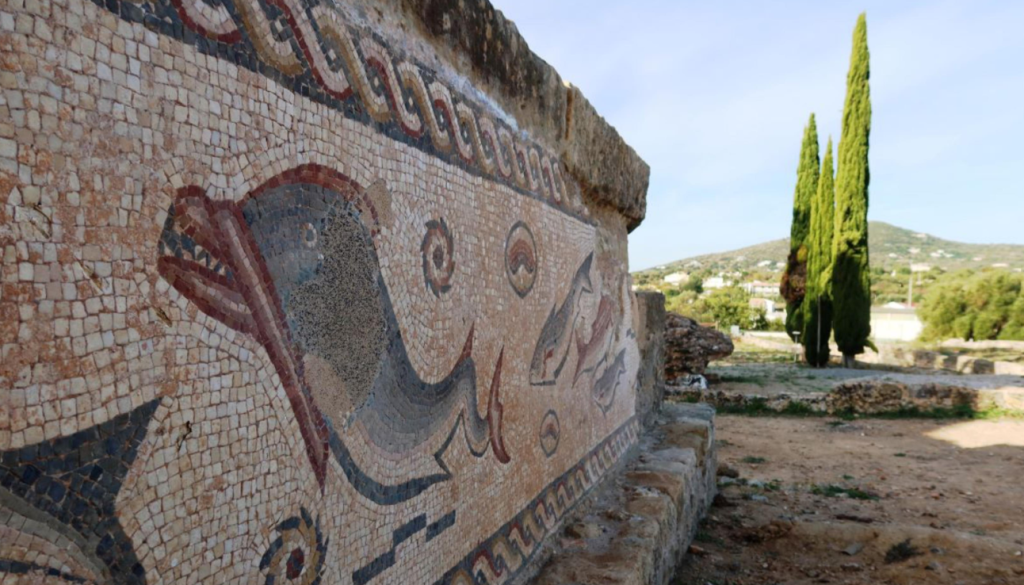
- Marvel at the Estoi Palace (Palácio de Estoi)
Also located in Estoi is the Palácio de Estoi, a stunning example of 19th-century Romantic architecture. This pink palace is adorned with intricate stuccoes, decorative tiles, and beautifully landscaped gardens featuring fountains, statues, and ornamental ponds. The interior boasts elegant salons with period furnishings and elaborate frescoes. Today, the palace operates as a luxury hotel, but visitors can still tour the public areas and gardens. The blend of architectural styles and the serene ambiance make Estoi Palace a must-visit attraction for those interested in history and architecture.
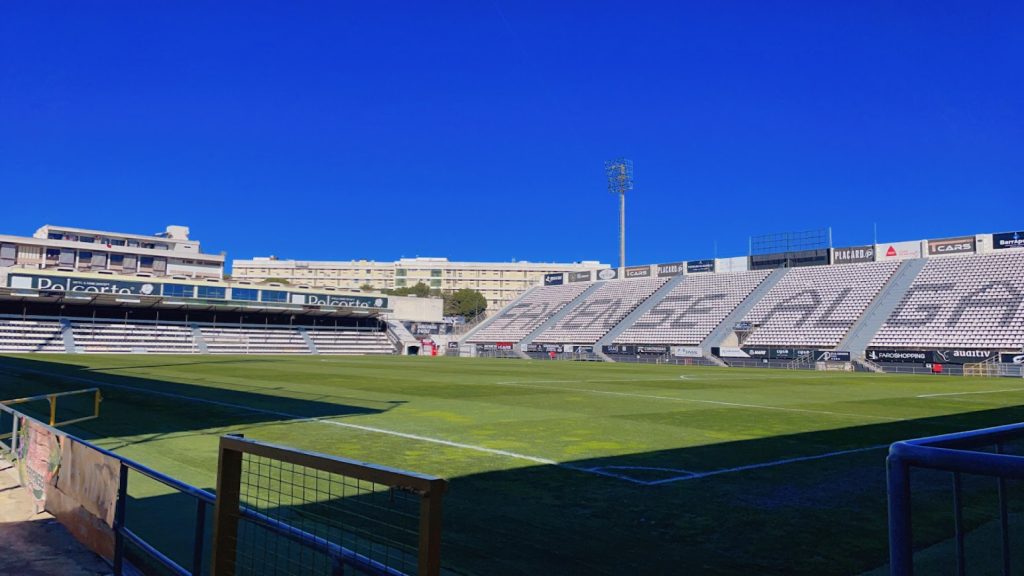
- Experience Local Culture at the Municipal Market of Faro
To immerse yourself in local culture, a visit to the Mercado Municipal de Faro is essential. This bustling market is a hub of daily life, where vendors sell fresh produce, seafood, meats, cheeses, and regional delicacies. It’s an excellent place to sample local specialties, such as cured hams, olives, and a variety of pastries. The market also offers a selection of local crafts and products, making it a great spot to pick up souvenirs. Engaging with the friendly vendors provides insight into the culinary traditions and agricultural practices of the Algarve. The market is busiest in the mornings, offering a vibrant atmosphere that reflects the local way of life.
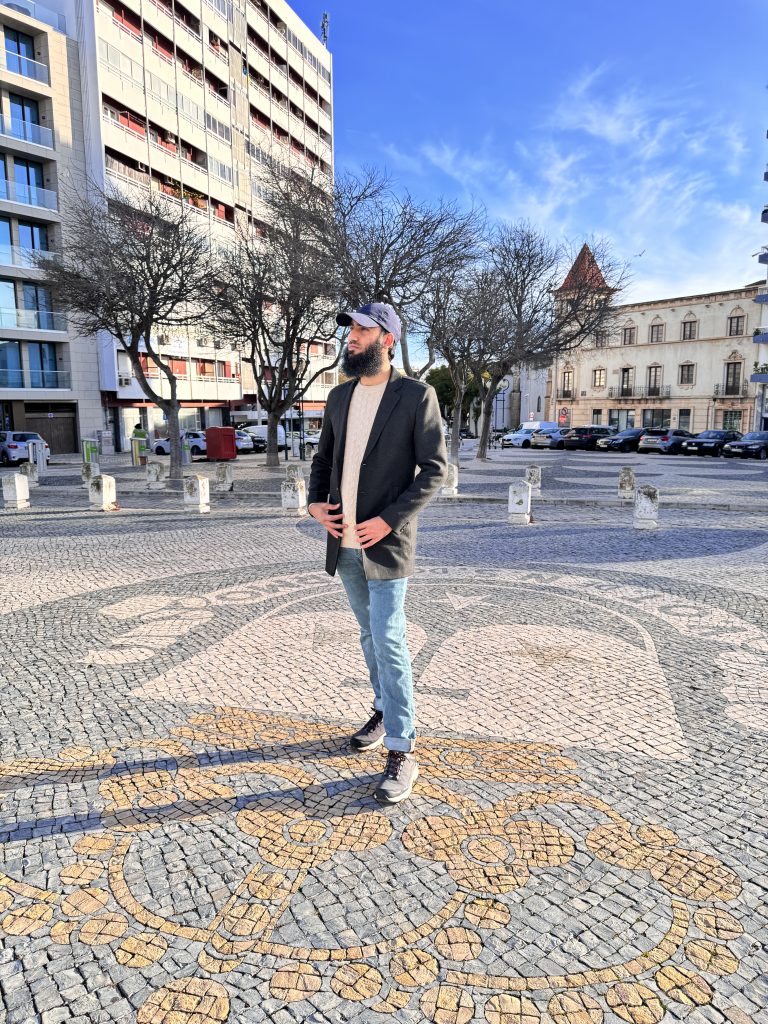
- Visit the Chapel of Bones (Capela dos Ossos)
For a unique and slightly eerie experience, the Capela dos Ossos, located within the Church of St. Francis, is a fascinating site. This small chapel is adorned with the bones and skulls of over a thousand monks, arranged in decorative patterns on the walls and ceiling. The chapel serves as a memento mori, reminding visitors of the transience of life. While it may not be for the faint-hearted, the Chapel of Bones offers a profound and contemplative experience, reflecting the religious and cultural history of the region.
- Stroll Along the Marina de Faro
The Marina de Faro is a picturesque waterfront area lined with palm trees, cafes, and restaurants. It’s an ideal spot for a leisurely stroll, offering views of the boats moored in the harbor and the Ria Formosa beyond. The marina is particularly enchanting in the early evening when the setting sun casts a golden glow over the water. Several companies operate boat tours from the marina, providing opportunities to explore the surrounding islands and natural park.
